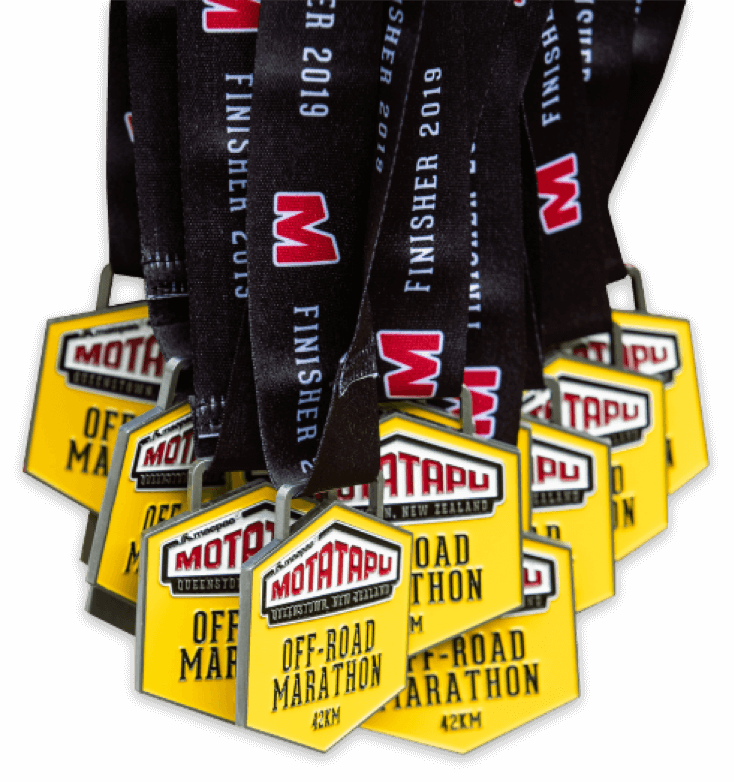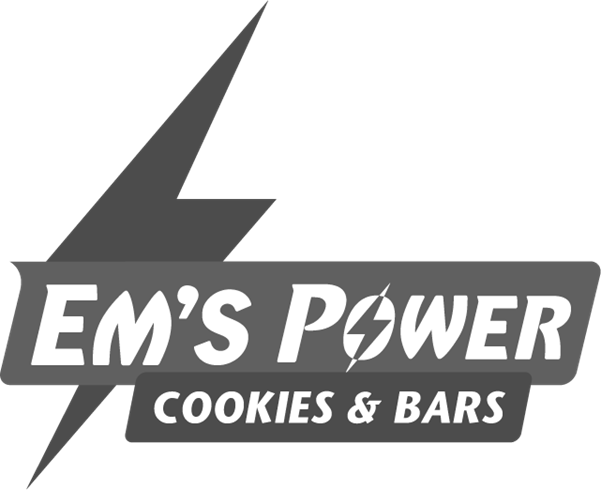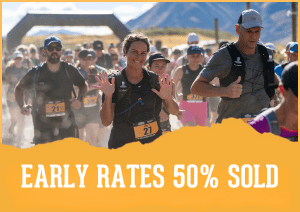Can I ride the Motatapu on a gravel bike? What’s best – hardtail or full sus? Would I be better on an ebike? These are some of your frequently asked questions about how to tackle the 47km Motatapu Mountain Bike. We’re here with some answers with thanks to our mates at Mondraker and the wisdom of some past competitors.
Hard tail vs full-suspension bike
Ultimately, both bike types are capable of handling the Motatapu. The decision comes down to personal preference: speed and simplicity versus comfort and control. Your hardtail will make it through the course, but it might not be as comfortable as your full-suspension bike.
Keep in mind that the majority of the Motatapu course is a 4×4 farm track before the steep descent into the Arrow River area. Then there are about 4km of river crossings until the finish line.
While hardtails are generally lighter than full-suspension bikes and do pedal more efficiently, especially when the terrain is smooth, they offer less comfort on bumpy tracks and provide less traction and control on descents than their full-suspension counterparts.
Cross-country racers still use hardtails for the above reasons, but if you’re looking to reduce fatigue and maximise comfort and control, full suspension is the way to go. The trade-offs of a little extra weight and slightly less efficiency are well worth the added benefits.
Mondraker Top Tip
You can employ two strategies when choosing the correct bike for a specific racetrack. One to maximise your advantages, the other to minimise your weaknesses. If one of your main strengths was fitness, but you were not so strong in bike handling skills, then maybe you would choose to increase your descending speed and confidence by going with a full-suspension bike, but taking less of an advantage on the climbs.
Alternatively, you could optimise for maximum pedalling efficiency, and hope to capitalise on the ups, but accept a slower average speed on the downs. It’s all about what works for you as a racer and will give you the most confidence on the day. Modern full-suspension cross country bikes are also incredibly efficient and now the preferred option for World Cup XC riders. For example, our Mondraker F-Podium RR SL boasts a weight of just 11.4kg, and the Mondraker Zero Suspension System is one of the most efficient for pedalling power transfer in the world.
How much suspension travel do I need?
Cross-country mountain bikes usually have about 4 inches of suspension travel. These bikes are built for efficiency, lightweight, and self-propelled speed. While they can handle most trails, they do not suck up the rough stuff as well as longer travel bikes.
All Mountain and/or Trail bikes usually have about 5 to 6 inches of suspension travel. These bikes are built for more aggressive terrain than cross-country bikes but are generally slightly heavier. They aren’t exactly cross-country race bikes, but they are perfect for aggressive trail riding as well as long epic rides.
Mondraker Top Tip
You can really change the feel and performance of a bike by experimenting with different suspension settings, and not all bikes will use 100mm of travel the same way, due to different leverage ratios in the rear suspension, and other factors like head angle which affect how travel is used. When in wet or slower conditions, you would generally look to speed the suspension rebound up, maximising the time the tyre spends in contact with the ground for increased grip. For faster, dryer courses, slowing the suspension down will provide a more stable feel at speed.
All riders have a slightly different preference, and you should regularly test different settings to see what works for you. Slow and soft, hard and fast, and everything in-between. Don’t be afraid to change it up.
Gravel bike
Gravel bikes are continuing to boom, with trends towards bigger tyres and sometimes suspension – however, the nature of the Motatapu course includes some very rough sections along with smooth fast rolling sections. Any benefits of smooth terrain early in the course are likely outweighed by the many river crossings and rocky descent of the Macetown Road.
If you’ve joined the gravel bike trend recently the thought may have crossed your mind that Motatapu could be a fun challenge for your new wheels. Well… it has been done before but as to whether it’s ‘fun’, here are some thoughts from a previous competitor.
“I’m still having nightmares about it! It was brutal but that was probably more to do with my lack of fitness and preparation at the time. If someone wants one heck of a challenge then they should do it on a gravel bike but if they’re a part-time cycling hack like me then they’ll have a better experience on a hardtail or XC bike.
“I think if someone was going to do it on a gravel bike they would be advised to modify their gravel setup (front suspension, higher gearing, wider tyres) to a point that they may as well just do it on an MTB. The short, punchy climbs out of the fords were particularly challenging with a standard gravel gearing setup.
“I enjoyed the challenge and will be back again at some stage, but with either a heavily modified gravel setup or an XC bike.”
For the record, this competitor completed the course in a time of 3hrs 53mins putting them about midway through the field.
eBike
Who’s the ebike category for? The idea of introducing an ebike category was to open up the event to people who might not otherwise feel comfortable tackling the distance on a regular bike. Meanwhile, ebike racing has also become more popular and some of our competitors were keen to give it a nudge. As a result, we now offer both competitive and recreational ebike categories.
Our competitive racers will be first out of the start gates, giving them a clear run at the course. Recreational riders will start later in the field and can choose their own pace. Last year we had some feedback about speedy ebikers pushing past other competitors in their eagerness to beat a PB. By sending our competitive ebikers off first we’re hoping everyone can have a better experience. Recreational ebikers can start from Glendhu Bay from 8.30am and must be on course by 8.45am.
Singlespeed
We’ve also had a few hardy souls ride the course on a singlespeed bike and, much like the gravel bike debate, there are some valid questions around whether there’s enough reward to warrant such a challenge. Again, we’ll let our past competitors do the talking here. Back in 2011 Scott Kennedy rode the Motatapu on his singlespeed and shared this experience:
A singlespeed is just that – a bike with one gear. Those who grew up in the era that pre-dates mountain bikes will nostalgically remember that every bike used to be a singlespeed. Well, not any more. Even the most entry level mountain bikes come stock standard with 28 gears, and that suits most riders just fine.
But not everybody.
For some, the draw of challenge and the desire to do something different is so strong that they forsake their gears and go it with one.
So what’s the draw? What’s the attraction? Well, the truth is that sometimes it’s too easy to get caught up in the peripheral nonsense that surrounds mountain biking. After you’ve upgraded everything on your bike, overthought every bit of it and intellectualized any possible way to make it faster you’re left with no place to go. At some point you need to pull back and remember why you started riding in the first place. For some that retreat into the essence of riding doesn’t stop until everything is stripped off and you’re left with all you need and nothing more.
In the moments before the starter’s gun I looked around nervously to see if there was anybody else riding a singlespeed. I couldn’t see anyone. All at once I felt pride, intimidation and the sickening sense that perhaps, just maybe, I was about to make a horrible mistake.
I didn’t make a mistake. The race went perfectly. By perfectly, I of course don’t mean easily. There were hills that were too steep to climb in my one gear. I’d struggle along to the point of nearly needing to vomit before yielding and pushing my bike. There were also hills where my setup was perfect – I’d glide through passing twenty riders at a go.
The gear I’d chosen for my bike was a compromise. That’s how singlespeed works – it’s never perfect all the time. 60% of the time the gear was too hard, 30% of the time it was too easy and 10% of the time it was just right. In SS terms I’d hit the butter zone.
As I rode, the hills began to blend together into a bundle of energy spent. Time moved in a staccato slow-motion of fits and starts. Easy sections would glide past on fast forward while hills would drag on for seemingly hours. Almost without warning I arrived at Soho Creek. The proverbial homestretch was unfolding in front of me. Too fast down the downhill, through the river, again and again. Finally over the finish line and it was over.
Satisfied and proud I destroyed my time prediction and felt like I had ridden a race in style. Style perhaps, but not grace. This wasn’t a graceful fencing match – this was a street fight fought with sticks and rocks. There is little grace to be found in the midst of battle and battle is how much of it felt. But within that struggle is where the essence lives.
Singlespeeding isn’t for everyone, but for those seeking to distill mountain biking to its purest form this could be the silver bullet.
So, the answer to the question of what’s the best bike for Motatapu largely comes down to personal preference. What we do recommend, however, is that you have a professional mechanic service your bike before race day to ensure you’re set up for a good day on the bike, that you get your training in, and triple check you’ve got the mandatory gear.
See you at the start line!








